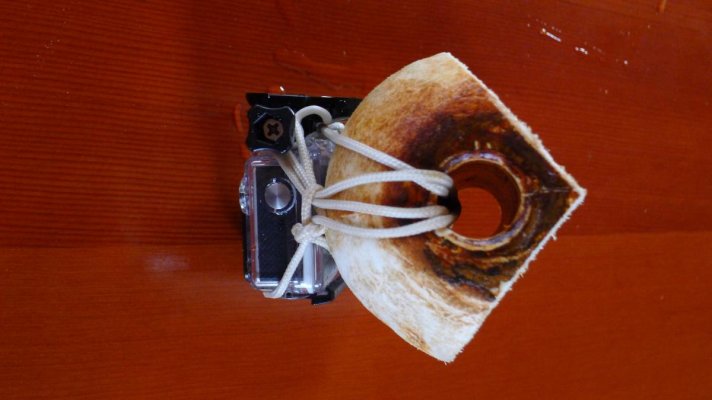Nomad Willy
Guru
Very good vids Steve,
Looks like the Supreme kinda jumped into the bottom haha. As expected w that big square shank the Forfjord didn't penetrate much but looked like it would hold. I think someone said the Forfjord sets sometimes like a Kedge w one fluke straight down. If the bottom was irregular in any way what's to prevent it? Of course adding a stock would prevent that. Wonder if it does happen. There's evidence that the Claw dosn't always set right side up too but w both anchors it may be a rare thing.
In the video it looks like the current is flowing in the wrong direction. Did you set bass awkward to insure a reversal?
Looks like a good mostly sandy bottom.
With my 40hp engine a 1500rpm backdown seems like a lot?
Steve you went to Barkley Sound to "find that particular beach" ... for the clear water or the sandy slightly muddy bottom ... or?
I should give you some anchors to test. I may be done w it.
Looks like the Supreme kinda jumped into the bottom haha. As expected w that big square shank the Forfjord didn't penetrate much but looked like it would hold. I think someone said the Forfjord sets sometimes like a Kedge w one fluke straight down. If the bottom was irregular in any way what's to prevent it? Of course adding a stock would prevent that. Wonder if it does happen. There's evidence that the Claw dosn't always set right side up too but w both anchors it may be a rare thing.
In the video it looks like the current is flowing in the wrong direction. Did you set bass awkward to insure a reversal?
Looks like a good mostly sandy bottom.
With my 40hp engine a 1500rpm backdown seems like a lot?
Steve you went to Barkley Sound to "find that particular beach" ... for the clear water or the sandy slightly muddy bottom ... or?
I should give you some anchors to test. I may be done w it.
Last edited:



